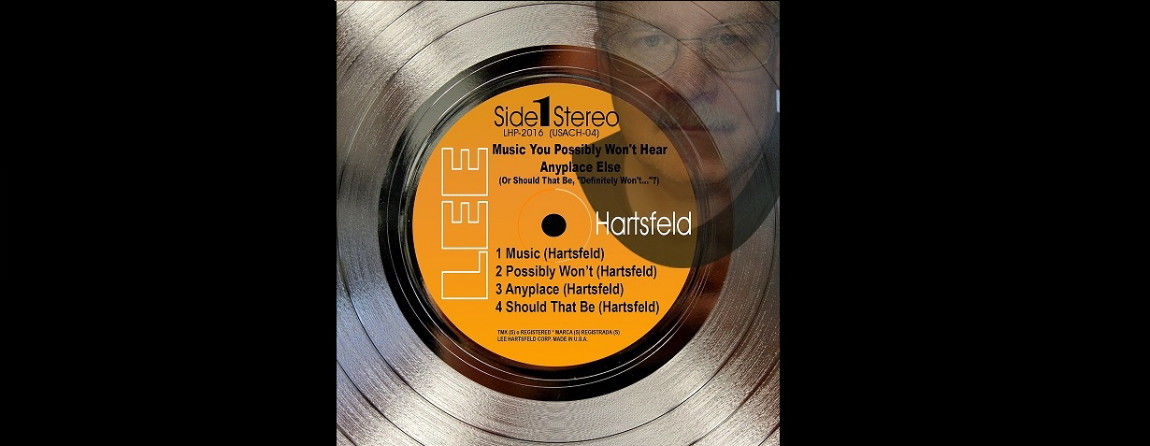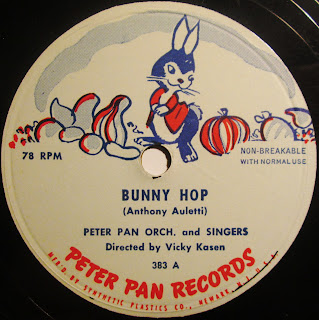Internet sources give 1949 as the release year for this boxed set, despite the 1948 date on the cover. And, in fact, the matrix numbers for the 78 rpm set reveal that these were recorded in 1947. Anyway, I'll go with the release year, though I sometimes favor the recording date. It's always a toss-up.
"Music has many powers, but scarcely any more potent than the ability to evoke in the listener dozens of personal memories, some of them romantic, some amusing, some poignant, and many of them half-forgotten until brought to vivid life by some melody." In the realm of liner notes, this is a literary device called "filling space with words." And, yes, half-forgotten memories: After all, On the Sunny Side of the Street was a whole 17 years old come 1947. Ancient history!
In older times, ironically, people had a greater sense of "old." "Old" was older. Nowadays, everything is kept in rotation, and audio recording copyrights go back to 1924, ludicrously. But, prior to the abolishment of "old," mass-culture products enjoyed a much shorter shelf life.
So, instead of a sing-along or Lawrence Welk/Sammy Kaye/Paul Whiteman rehashing of older material (and, to an extent, older styles), we have the floating-on-air character of mood music, a genre which filled the airwaves of the 1930s and 1940s but which was, for some unknown reason, greeted as a new style by pop music critics when Mantovani's Charmaine made the 1951 charts. Short-term memory issues? The critics never listened to the radio during childhood?
And I suspect, minus any hard evidence, that the classic mood style didn't gel well with the "old songs" format. And here, the majority of the tracks (much as I like Gould's arrangements) lack much of a beat. Exceptions: Twelfth Street Rag, practically a send-up of the 1914 Euday Bowman classic, which of course was a monster 1948 hit for Pee Wee Hunt. Plus, The Sheik of Araby, though the rhythm is hardly pronounced, save in the clever, Grofe-esque opening.
I can find no evidence that this Gould album made the transition a from ML- (Masterworks) status to a CL- (popular) release, which suggests less than excellent sales. It apparently first appeared as a 78 set, then a 10-incher, and then as the EP set featured today. But no CL- release in sight. Just in case it had known life in the CL- series, albeit with a different title, I checked out each track at Discogs. And zero indication of a popular release.
Oh, and there was this catchy edition of the 10-incher (image swiped from Discogs):
By contrast, nearly all of Ander Kostelanetz's Masterworks material made it into the CL- series. My guess is that the languid, seamless, just-sit-back-and-take-a-nap approach to the "old songs" didn't fly with the public. In the realm of faux-1890s-1920s, people wanted a glee-club approach--preferably with a banjo or three--or anything else with a beat. Even if it meant the "Mickey" (Mickey Mouse) styles of Sammy Kaye, Art Mooney, or Guy Lombardo. Maybe, especially if.
But I'm very fond of this set, and I like the novelty of the "midnight strings" approach as applied to Whispering, Nola, and The Sheik of Araby (the arrangement of which has more than a hint of exotica).
DOWNLOAD: Do You Remember?--Morton Gould and His Orchestra, 1948
My Blue Heaven
Nola
Dardanella
On the Sunny Side of the Street
Poor Butterfly
The Sheik of Araby
Whispering
Twelfth Street Rag
(All arrangements by Morton Gould)
Lee



















